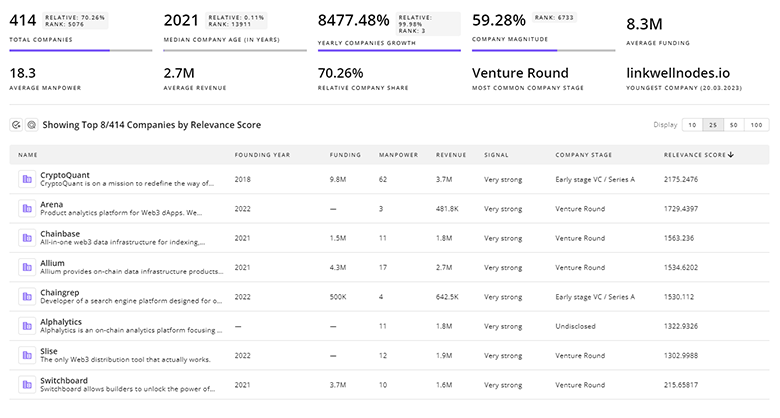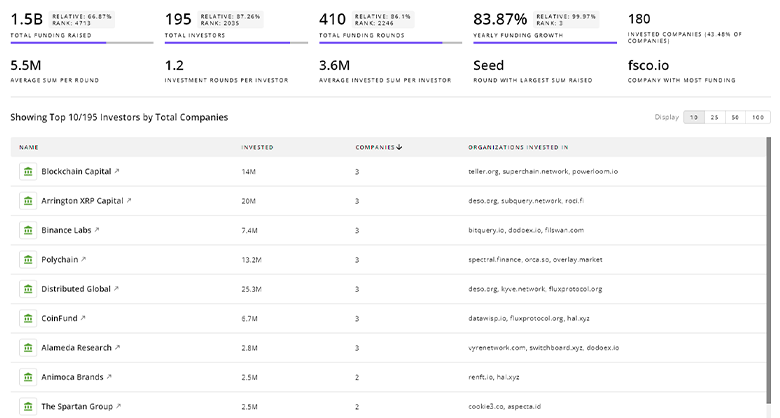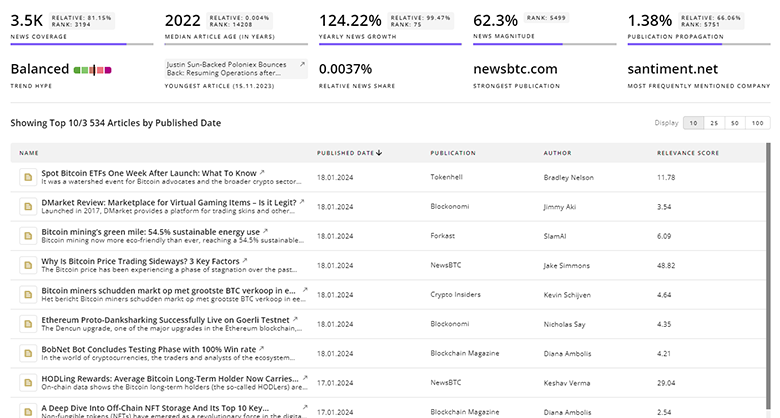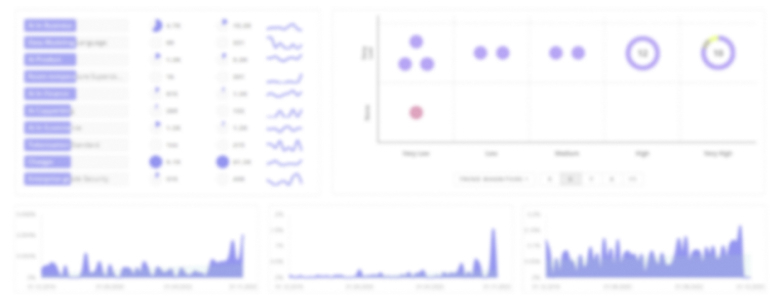
Microneedling Report
: Analysis on the Market, Trends, and TechnologiesThe microneedling market is at a commercial and technological inflection point driven by clinic adoption, device innovation, and new therapeutic use cases: 45% of aesthetic clinics added microneedling services in 2023 and average clinic microneedling revenue rose by $12,000 YoY, signaling clear near-term monetization paths for devices and consumables. Market forecasts differ by source but converge on steady mid-single to high-single digit growth (example: global CAGR ~7.5–7.8% in major market studies), with RF-enhanced devices and dissolvable/delivery patches as the principal value drivers cited across reports Microneedling Market Report 2025, Microneedling Market Size, Share & Trends 2025-2034. The combined evidence (clinic surveys, patent counts, market studies) points to a two-track market: a high-volume professional services channel (dermapens, RF pens, consumables) and a fast-growing transdermal delivery channel (dissolvable/hollow patches) that targets vaccines, peptides, and chronic therapies.
We last updated this report 80 days ago. Tell us if you find something’s not quite right!
Topic Dominance Index of Microneedling
To gauge the impact of Microneedling, the Topic Dominance Index integrates time series data from three key sources: published articles, number of newly founded startups in the sector, and global search popularity.
Key Activities and Applications
Skin rejuvenation and anti-aging — Clinical microneedling (dermapen/derma-stamp) remains the largest revenue generator for clinics, used to stimulate collagen for wrinkle reduction, texture improvement, and pigmentation; meta-analyses show measurable improvements in scar depth and wrinkle metrics after recommended treatment courses, which drives repeat bookings and service-line revenue.
So what: predictable clinical protocols (4–6 week intervals) and measurable outcomes make microneedling a high-margin add-on for dermatology practices.Acne and traumatic scar reduction — Microneedling shows consistent efficacy for acne scar depth reduction and scar remodeling; clinics prioritized acne-scar offerings in 2023 growth surveys.
So what: scar treatment supports premium pricing and cross-sell of adjuncts (PRP, serums), increasing lifetime value per patient.Transdermal drug and vaccine delivery — Dissolvable and hollow microneedles are advancing toward therapeutic use (vaccines, peptides, insulin patches), supported by multiple clinical programs and patent activity; industry estimates place dissolvable/hollow device investment and clinical activity as a top growth vector for the next 5 years Microneedle Drug Delivery Systems Market.
So what: this opens much larger addressable markets (vaccination, chronic therapy) where consumable economics and public-health scale can eclipse purely aesthetic revenues.At-home consumer devices and cartridges — Dermarollers and consumer pens continue to scale online; at-home device sales grew strongly (reported +42% in consumer channels in 2022 by coverage in market press) and lower-needle-count cartridges enable safe, incremental consumer use.
So what: brands that combine device + subscription consumables (serums/cartridges) can capture recurring revenue and consumer data.Hair restoration and scalp therapy — Microneedling is increasingly used as an adjunct for hair growth (PRP + needling, topical delivery), with small clinics reporting proprietary protocols and patent activity in scalp applications.
So what: hair indications present a mid-market therapeutic use where repeat treatments and adjunct products increase monetization per patient.
Emergent Trends and Core Insights
RF-enhanced microneedling dominates device innovation and revenue capture — Multiple market studies report RF segment as the highest revenue share and fastest growing technology sub-segment because RF adds tightening benefits and depth control, widening clinical indications Asia-Pacific RF Microneedling Market.
So what: RF vendors command premium device pricing and create lock-in via consumable RF cartridges and clinic training.Transdermal therapeutics move from R&D to near-clinical translation — Investment, patent filings, and startups focused on dissolvable patches and hollow arrays (vaccine and peptide delivery) accelerated in 2019–2024; vaccine delivery is a leading commercial subsegment for microneedle therapeutics.
So what: pharmaceutical partnerships and regulatory strategy will determine winners; manufacturing scale and thermostability (cold-chain independence) are decisive operational moats.Material innovation and dissolvable polymers are rising — Patent landscape and company product portfolios show a shift toward biodegradable, soluble matrices (hyaluronic acid, polymer sutures) for painless dosing and reduced sharps waste [Patent corpus and filings].
So what: suppliers of medical-grade dissolvable polymers and scalable micro-molding will capture supplier rent as devices scale.Personalization and sensor integration — Recent device patents and prototypes include impedance and feedback control for needle depth and dosing; automated pens add consistency for clinic outcomes and safer at-home use [Microneedle patents and precision device filings].
So what: software + hardware bundles (treatment analytics, user protocols) create recurring revenue and practitioner lock-in.Manufacturing and supply chain consolidation risk — Several reports highlight concentration of advanced manufacturing and MEMS capabilities in a few geographies; this raises supply risk for novel electronic/microfabrication components [Patent Landscape Report; Micro-injection & Laser micromachining insights] (see patents and manufacturing reports).
So what: companies that secure manufacturing partnerships or verticalize production of needle arrays gain execution advantage.
Technologies and Methodologies
Dissolvable polymer microneedles (patch format) — Single-use, painless patches dissolve and deliver peptides, vaccines, or cosmeceuticals; leading startups position these for thermostable vaccine delivery and cosmetic patches.
So what: dissolvable patches reduce sharps waste and enable mass vaccination models without cold-chain.RF microneedling (energy + needles) — Thermally augments collagen remodeling; RF devices show highest clinic revenue share in several regional studies and drive demand for trained operators and consumable tips.
So what: creates an installed-base advantage for RF device OEMs and recurring revenue from consumables and maintenance.Hollow microneedle arrays and microinjection platforms — Allow precise intradermal liquid delivery for vaccines and biologics; prototype/human programs and regulatory pathways are advancing for hollow arrays AdminMed.
So what: hollow arrays extend microneedling from cosmetic to high-value therapeutic dosing.MEMS + 3-D printing for bespoke geometries — Laser micromachining and micro-injection tooling accelerate prototyping of needle geometries and multi-material arrays, enabling rapid iteration and smaller production runs [Laser micromachining / micro-injection reports].
So what: reduces time-to-market for differentiated needle profiles; contract manufacturing partners will be strategic suppliers.Automated pens and cartridge ecosystems — Motorized pens with defined cartridges and safety seals (11–36 pin cartridges) support clinic throughput and at-home safety; cartridge markets are sizable and growing Global Micro-needling Pen Cartridges Market.
So what: cartridge economies enable subscription models and secure recurring revenue.
Microneedling Funding
A total of 493 Microneedling companies have received funding.
Overall, Microneedling companies have raised $1.2B.
Companies within the Microneedling domain have secured capital from 741 funding rounds.
The chart shows the funding trendline of Microneedling companies over the last 5 years
Microneedling Companies
Microneedles Inc. — Microneedles Inc. develops dissolvable microneedle patches for cosmetic and pharmaceutical use, focusing on hyaluronic-acid and biodegradable formulations that deliver actives into the epidermis; the company offers contract manufacturing and small-batch development services, positioning itself as both a product and CDMO partner in the soluble-patch segment. Microneedles Inc.'s small team and seed funding indicate an early stage with capacity to scale via partnerships for clinical payloads.
STMPatch - SingleTimeMicroneedles — STM proposes multi-dose, thermostable microneedle patches that embed timed release polymer needles to mimic prime/boost vaccination in a single application; their platform targets logistics-constrained contexts by removing cold-chain and enabling simplified administration, and the company has raised venture financing to advance development. STM's focus on thermostability and multi-dose release directly addresses public-health cost and compliance barriers.
VITROPEP — VITROPEP produces custom soluble microneedle patches engineered for peptide therapeutics; the company targets chronic disease and peptide replacement therapy with single-use dissolvable arrays and a small R&D team and seed financing profile. VITROPEP's angle is peptide stability in a patch format, which appeals to biotech partners seeking alternative dosing routes.
YOUWE (Zhuhai) Biotechnology — Youwe commercializes dissolving microneedle patches for cosmetology and transdermal therapeutics with a domestic R&D team and product line focused on painless delivery of actives (acne, pigmentation, wrinkles); the company emphasizes formulation R&D for enhanced absorption and local cosmetic applications. Youwe's strength is rapid formulation-to-product capability in a large local market.
Pharma Latch — Pharma Latch develops a device-based intradermal platform ("Latch Hollow") that standardizes insertion depth and simplifies intradermal injection for healthcare professionals; the company is pursuing 510(k) clearance in the U.S. and markets the device as a way to reduce variability in intradermal dosing for liquid formulations. Their approach targets adoption by pharma partners seeking precise intradermal delivery without reengineering formulations.
Enhance your understanding of market leadership and innovation patterns in your business domain.

10.0K Microneedling Companies
Discover Microneedling Companies, their Funding, Manpower, Revenues, Stages, and much more
Microneedling Investors
TrendFeedr’s Investors tool offers comprehensive insights into 289 Microneedling investors by examining funding patterns and investment trends. This enables you to strategize effectively and identify opportunities in the Microneedling sector.

289 Microneedling Investors
Discover Microneedling Investors, Funding Rounds, Invested Amounts, and Funding Growth
Microneedling News
TrendFeedr’s News feature provides access to 801 Microneedling articles. This extensive database covers both historical and recent developments, enabling innovators and leaders to stay informed.

801 Microneedling News Articles
Discover Latest Microneedling Articles, News Magnitude, Publication Propagation, Yearly Growth, and Strongest Publications
Executive Summary
Microneedling now unites three commercial dynamics: a stable clinic services market driven by repeatable aesthetic protocols, a consumer segment adopting safe at-home devices and cartridge subscriptions, and a fast-moving therapeutics frontier where microneedle patches and hollow arrays address vaccine and chronic-therapy economics. For investors and executives, prioritize three actions: (1) secure or partner for scalable microfabrication and polymer supply (material moat), (2) design commercial models that bundle device hardware with recurring consumables and treatment protocols (ecosystem monetization), and (3) invest in regulatory strategy and pharma partnerships to move drug-delivery concepts from trials into approved products. The companies that combine clinical validation, repeat consumable economics, and manufacturing scale will capture the majority of long-term value in the microneedling market.
We value collaboration with industry professionals to offer even better insights. Interested in contributing? Get in touch!








